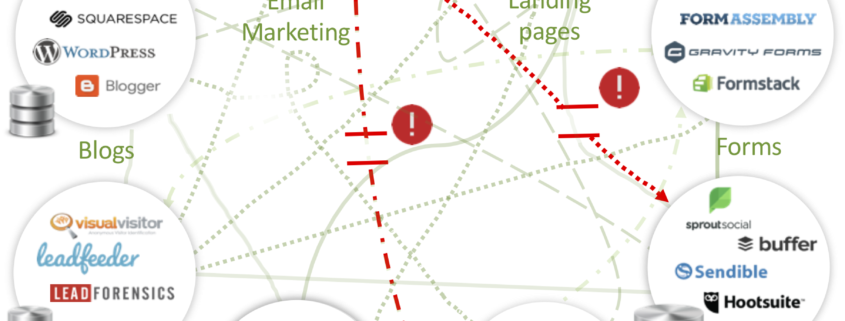
Collaborative platforms enable B2B account-based sales .
As consumers, we are accustomed to the efficiency and effectiveness of digital buying experiences. Amazon has set a bar. We search for products using almost any device, shop online, read product reviews, compare and contrast pricing information, review product descriptions, chat with customer service, access Q&As, watch videos, evaluate specs, and consider reviews and ratings. We are conditioned to getting everything we need for our buying process – right at our fingertips. So why don’t we have similar buyer experiences in B2B account-based sales?








